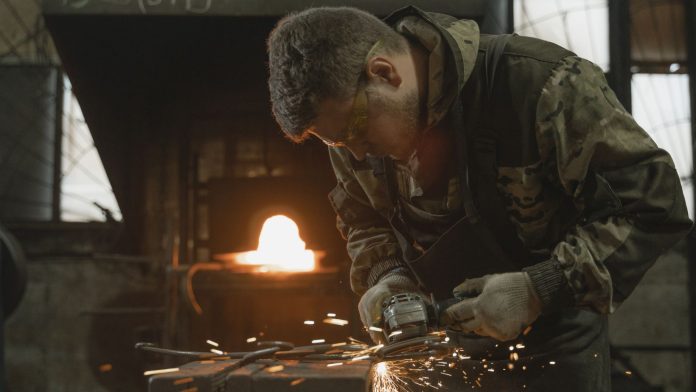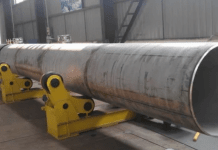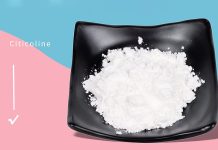Forging and forged parts play an incredibly important role in the current manufacturing industry. By pushing metal past its recrystallization temperature, forging creates extremely strong, ductile parts which can withstand remarkable stresses without deforming or failing. Because it keeps both the grain structure and molecular composition of the material intact, forging is also essential for producing shapes with complex geometries and high resistance to fatigue.
If you’re in the market for a new part, you may be wondering which type of part is best suited to meet your needs. Should you opt for machined parts or forged parts? While it depends on what you’re looking for, forged parts often provide advantages over machined parts that make them the superior option.
Let’s take a look at 4 factors why this is true. For more information, visit cxin’s page.
Factors Why Forged Parts Are Better Than Machined Parts
1- Durability and Strength
One of the most significant benefits of using forged parts is their strength and durability. This is because forging involves compressing steel into its final shape while it’s still hot, which results in a much denser material than what can be achieved with machining. This means that forged parts are able to withstand greater stress and higher temperatures than their machined counterparts. Additionally, they are less prone to cracking or warping, making them ideal for applications such as power plants and motorsports vehicles where high performance and reliability are paramount.
2- Design Flexibility
Another benefit of forging over machining is its ability to create complex shapes from metal without needing additional finishing processes or labor costs. This design flexibility also reduces lead times as components can be produced faster than with traditional manufacturing methods. Additionally, because forging does not require any additional finishing steps after production, there is less risk of material defect or waste during production.
3- Cost-Effectiveness
Forging also has cost advantages over machining due to its increased efficiency. Because forging is an automated process that requires no additional setup or labor costs, it allows manufacturers to produce larger quantities of parts more quickly than they could with traditional machining methods. This ultimately reduces overall production costs and makes forged parts more cost-effective than their machined counterparts in many cases.
4- High Performance and Reliability
Forging can provide a higher performance and more reliable part when compared to machined parts, due to the consistent and uniform deformation of the metal it uses. This process shapes the raw material into a desired design that has been tested rigorously to ensure it is able to perform even under extreme pressure or usage. Not only does this ensure reliability in forging parts but also helps strengthen them due to improved grain flow and flux pattern. In addition, this process helps minimize waste.
Conclusion
Forging has numerous benefits over traditional machining techniques including increased strength and durability, cost-effectiveness due to reduced setup/labor costs, design flexibility due to increased complexity achievable without additional finishing processes or labor costs; high performance and reliability. By taking advantage of these benefits offered by forging technology you can ensure your project will be successful!








